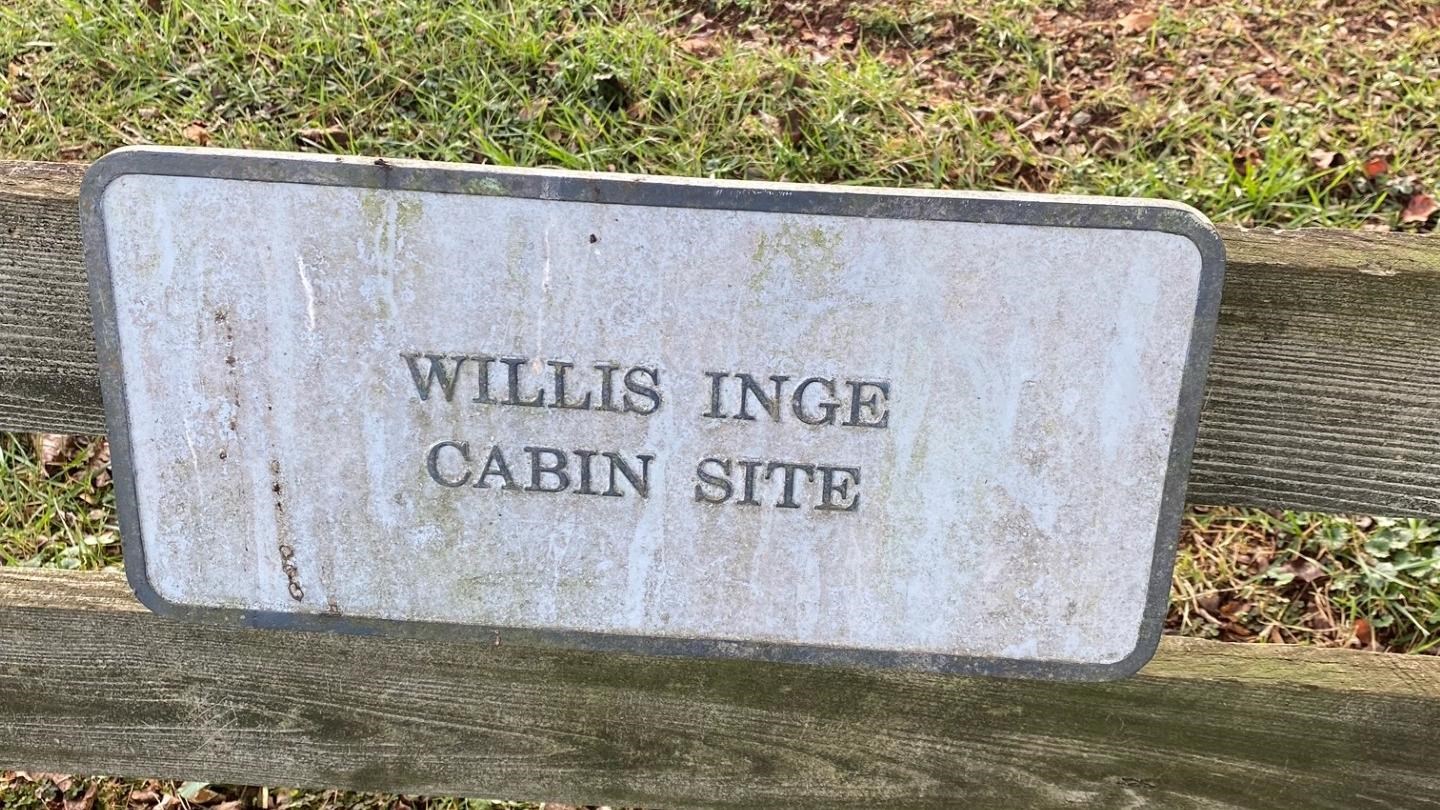Last updated: November 20, 2024
Place
Inge Cabin Site

A cabin stood on this lot near the road at the time of the surrender, but it is uncertain who occupied the home before or during the surrender proceedings. Willis Inge purchased this lot in 1854, but Inge lived on his farm about two miles southwest of the village. It is possible that Inge rented out the cabin on this property to a local tenant, but no records survive to indicate who lived there.
Willis Inge’s first wife, Elizabeth Mann Inge passed away in 1845, and Willis married Elizabeth Ann Wade the following year. By 1860, the value of Inge’s real estate holdings stood at $9,250, and he owned four enslaved people. Inge’s eldest son, Caswell, enlisted in the Confederate army and was detailed to work for the army as a blacksmith, but he deserted in 1863 after his unit returned to Richmond from a winter campaign in North Carolina.
After the war, Willis Inge sought compensation from the Federal government for the loss of an estimated $2,000 worth of property caused by Federal troops who moved through and camped on his farm during the surrender proceedings. Inge claimed the loss of six cows, seventeen sheep, fifteen hogs, chickens, turkeys, corn, cured bacon, three horses, seasoned lumber, and several miles of oak fence rail burned in the campfires of Federal troops. Federal reviewers with the Southern Claims Commission denied Inge any compensation on grounds of disloyalty.
